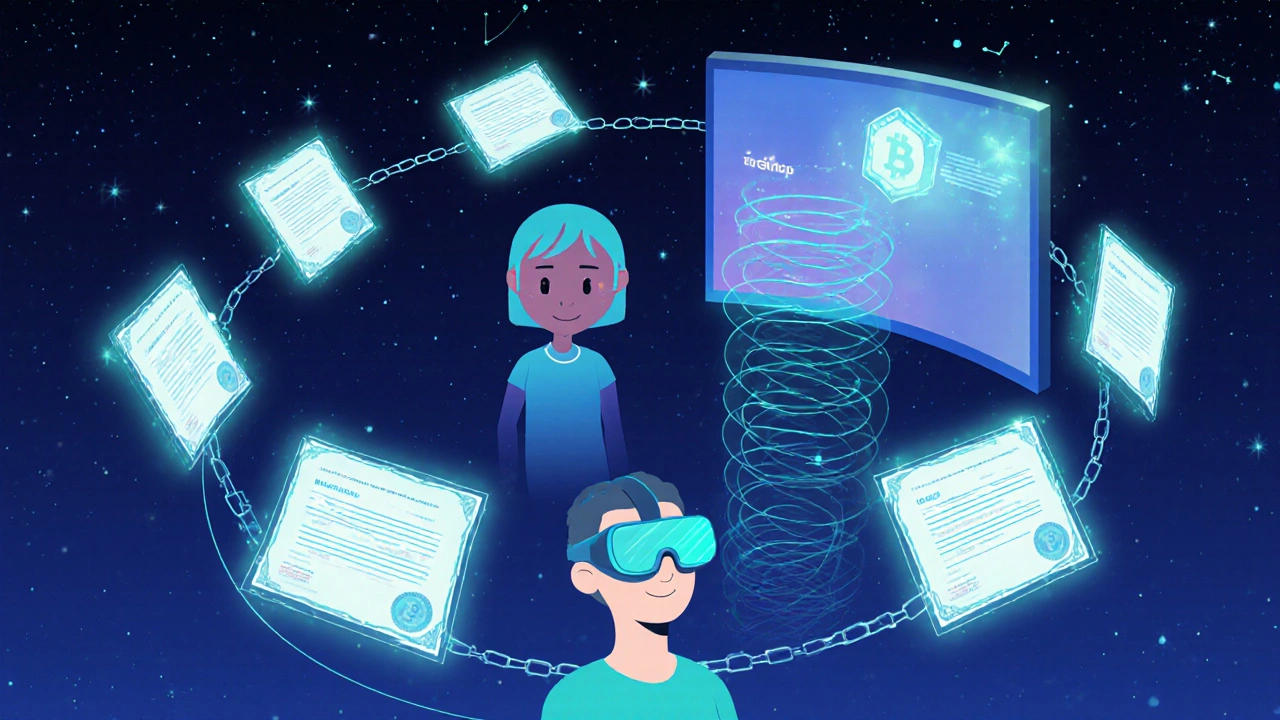Course Value Calculator
Personalize Your Course Selection
Answer these questions to find the best platform for your goals. Based on the article's key value metrics: skill demand, credential weight, and completion efficiency.
Key Strengths
- Skill Demand 0/10
- Credential Weight 0/10
- Completion Efficiency 0/10
Recommendation Details
When you hear the phrase Online course is a digital learning program that delivers structured content, assessments, and often a credential through the internet, the first question is usually “does it pay off?” In 2025 the market is flooded with options, but a few platforms consistently deliver the strongest mix of skill relevance, credible certification, and affordable pricing. This guide breaks down the most valuable choices, compares key attributes, and gives you a checklist to pick the right one for your goals.
Key Takeaways
- Look for courses that align with high-demand skills and offer industry‑recognized certification.
- Consider total cost of ownership - tuition, hidden fees, and time investment.
- Platforms like Coursera and edX excel at university‑partnered programs, while Udemy and Skillshare shine for quick, budget‑friendly skill upgrades.
- Accreditation and instructor reputation are stronger predictors of career impact than flashy marketing.
- Use the comparison table below to match your learning style with the platform that gives the best return on investment.
What Makes an Online Course Valuable?
Value isn’t just about low price. Three quantitative factors dominate the ROI calculation:
- Skill demand - measured by job posting frequency and salary premium.
- Credential weight - whether employers recognize the certificate or credit.
- Completion efficiency - how quickly you can finish and apply the knowledge.
When a course scores high on all three, you’re likely to see a measurable boost in employability or career advancement.
Top Platforms and Their Signature Offerings
Each major platform has a distinct identity. Below is a quick look at the most influential ones:
MOOC is a massive open online course that lets thousands enroll at once, usually for free or a modest fee. MOOCs are the backbone of most reputable providers.
Coursera is an online learning marketplace that partners with universities and top companies to deliver professional certificates and full degree programs. Its "Guided Projects" let you finish a hands‑on task in under an hour.
Udemy is a marketplace for individual instructors, offering over 150,000 courses on everything from Python to photography. Prices drop dramatically during sales, making it a budget powerhouse.
edX is a nonprofit MOOC platform founded by MIT and Harvard, focused on university‑level courses and MicroMasters credentials. It excels in technical subjects and data science.
LinkedIn Learning is a subscription‑based library that blends short video lessons with soft‑skill tracks, tightly integrated with LinkedIn profiles. Completion badges appear directly on your LinkedIn page.
Skillshare is a community‑driven platform where creatives share project‑based classes in design, writing, and entrepreneurship. Its peer‑review system mimics a workshop environment.
Certification is a formal acknowledgment that you have mastered specific competencies, often issued after passing a final assessment. Employers look for certifications from recognized bodies.
Accreditation is an official validation by an educational authority or industry association that a course meets quality standards. It matters most for regulated fields like healthcare or finance.

Comparison Table: Value Metrics for 2025
| Platform | Typical Cost (USD) | Credential Type | Avg. Completion Time | Skill Demand Score* (1‑10) | Accreditation Level |
|---|---|---|---|---|---|
| Coursera | $39‑$499 per course | Professional Certificate / Degree | 4‑12 weeks | 9 | University partner accredited |
| Udemy | $12‑$199 (often 90% off) | Statement of Completion | 2‑6 weeks | 5 | None (instructor‑issued) |
| edX | $49‑$1,200 per course | MicroMasters / Professional Cert. | 6‑16 weeks | 8 | University accredited |
| LinkedIn Learning | $30/month (unlimited) | LinkedIn Badge | 1‑3 weeks | 7 | Industry‑recognized (no formal accreditation) |
| Skillshare | $19/month (unlimited) | Project Completion Certificate | 1‑2 weeks | 6 | None |
*Skill Demand Score reflects average job posting growth for the core competencies taught in the platform’s flagship courses, based on data from major employment portals in Q2‑2025.
How to Choose the Course That Delivers Real ROI
Follow this 5‑step checklist before you hit “Enroll” on any course:
- Identify the target skill. Use labor‑market reports (e.g., LinkedIn Economic Graph) to confirm that the skill is in the top 10 growth areas.
- Check credential credibility. Prefer certificates that list the issuing institution and mention accreditation.
- Calculate total cost. Include tuition, any required software licenses, and the opportunity cost of your time.
- Read verified learner outcomes. Look for case studies or alumni salary data; platforms like Coursera publish post‑completion earnings boosts.
- Trial before committing. Most sites offer a free preview or a money‑back guarantee within the first two weeks.
Applying this framework turns a vague “online course” into a strategic investment.
Real‑World Success Stories
Emma, a marketing specialist in Dublin, completed the “Google Data Analytics Professional Certificate” on Coursera for $399. Within four months she earned a promotion and a 12% salary increase because the certificate is recognized by major employers.
Raj, a freelance graphic designer, took “Brand Identity Design” on Skillshare for $22 (during a sale). He landed three new clients in two weeks, proving that a short, project‑oriented course can translate directly into revenue.
These cases illustrate the spectrum: high‑price, high‑credential courses move careers forward, while low‑cost, skill‑specific classes boost immediate earnings.

Pitfalls to Avoid
- Chasing hype. Not every “most popular” course aligns with your niche. Verify the syllabus against job requirements.
- Ignoring hidden fees. Some platforms charge for proctoring exams or official transcripts.
- Skipping hands‑on practice. Theory‑only courses rarely lead to measurable outcomes. Look for projects, labs, or portfolio assignments.
Future Trends Shaping Course Value in 2025+
Three trends will affect how you assess value next year:
- Micro‑credential stacking. Employers accept bundles of short certifications that together equal a traditional degree.
- AI‑driven personalization. Platforms are using machine learning to recommend next‑step modules based on your performance.
- Blockchain verification. Some providers now issue tamper‑proof certificates stored on a ledger, increasing trust.
Keeping an eye on these shifts helps you stay ahead of the ROI curve.
Frequently Asked Questions
What defines a high‑value online course?
A high‑value course delivers in‑demand skills, a credential that employers recognize, and does so at a cost‑to‑benefit ratio that yields a clear career or income boost within six months of completion.
Are free courses worth my time?
Free courses can be valuable for exploratory learning, but they often lack accredited certificates. If you need proof of competence for a job application, a paid program with official verification is usually better.
How do I verify a course’s accreditation?
Check the course page for mentions of partner universities, professional bodies, or national education authorities. You can also search the accreditation agency’s website for the program’s listing.
Can I combine courses from different platforms?
Yes. Many learners create a custom learning path, using a Coursera degree for deep theory, Udemy for practical tools, and LinkedIn Learning for soft‑skill polishing. Just ensure the final portfolio showcases the combined knowledge.
What’s the best way to prove I completed an online course?
Upload the official certificate to your LinkedIn profile, add it to your résumé under a “Professional Development” section, and, if possible, include a short project or code sample that demonstrates the skill in action.
